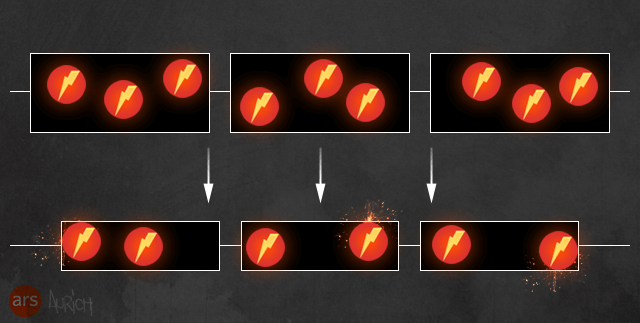The key chips in Moto X are listed below.
Ron
Insightful, timely, and accurate semiconductor consulting.
Semiconductor information and news at - http://www.maltiel-consulting.com/
Motorola Moto X Teardown
Step 1 — Motorola Moto X Teardown
- The love child of Motorola and Google is here, and we are dying to crack open the little Motoroogle.
- Technical Specifications:
- Dual-core 1.7 GHz Qualcomm Snapdragon S4 Pro processor
- 2 GB RAM
- 4.7-inch 1280x720 pixels AMOLED display
- 16 or 32 GB internal storage
- Qualcomm Adreno 320 GPU
- .........
Step 9
- Motorola claims the Moto X battery can power through an amazing 24 hours of "mixed usage."
- How does the Moto X accomplish such a feat with a 3.8 volt, 2200 mAh Lithium ion battery? The secret is in the X8 Mobile Computing System.
- The Motorola X8 Mobile Computing System is comprised of a Qualcomm Snapdragon S4Pro family processor, a natural language processor and a contextual computing processor.
- Motorola developed a custom system architecture, which, when coupled with eight processor cores, allows for the delegation of processing power:
- 4 graphics processor cores for "stunning clarity"
- 2 application processor cores for "swift action"
- 2 low-power cores—"awaiting your next command"
Step 10
- Out comes the upper midframe panel, housing the speaker, headphone jack, more antennas, and pressure contacts.
- Yay, pressure contacts! We like spring pressure contacts because they don't require any work to disconnect.
- This is possibly the most modular headphone jack we've ever seen. It pops right out of the upper midframe panel, spring contacts and all.
10 MP rear-facing camera- Notable ICs on the motherboard:
- SK Hynix H9TKNNNBPDAR RAM (we assume that the Snapdragon S4 Pro is also layered under this IC)
- NXP 44701 NFC Chip
- Skyworks 77619-12 Multiband Multimode Power Amplifier Module for Quad-Band GSM / EDGE and Penta-Band (Bands I, II, IV, V, VIII) WCDMA/ HSDPA/ HSUPA/ HSPA+/ LTE
- Additional ICs:
- 0V00660 A56G 1B









